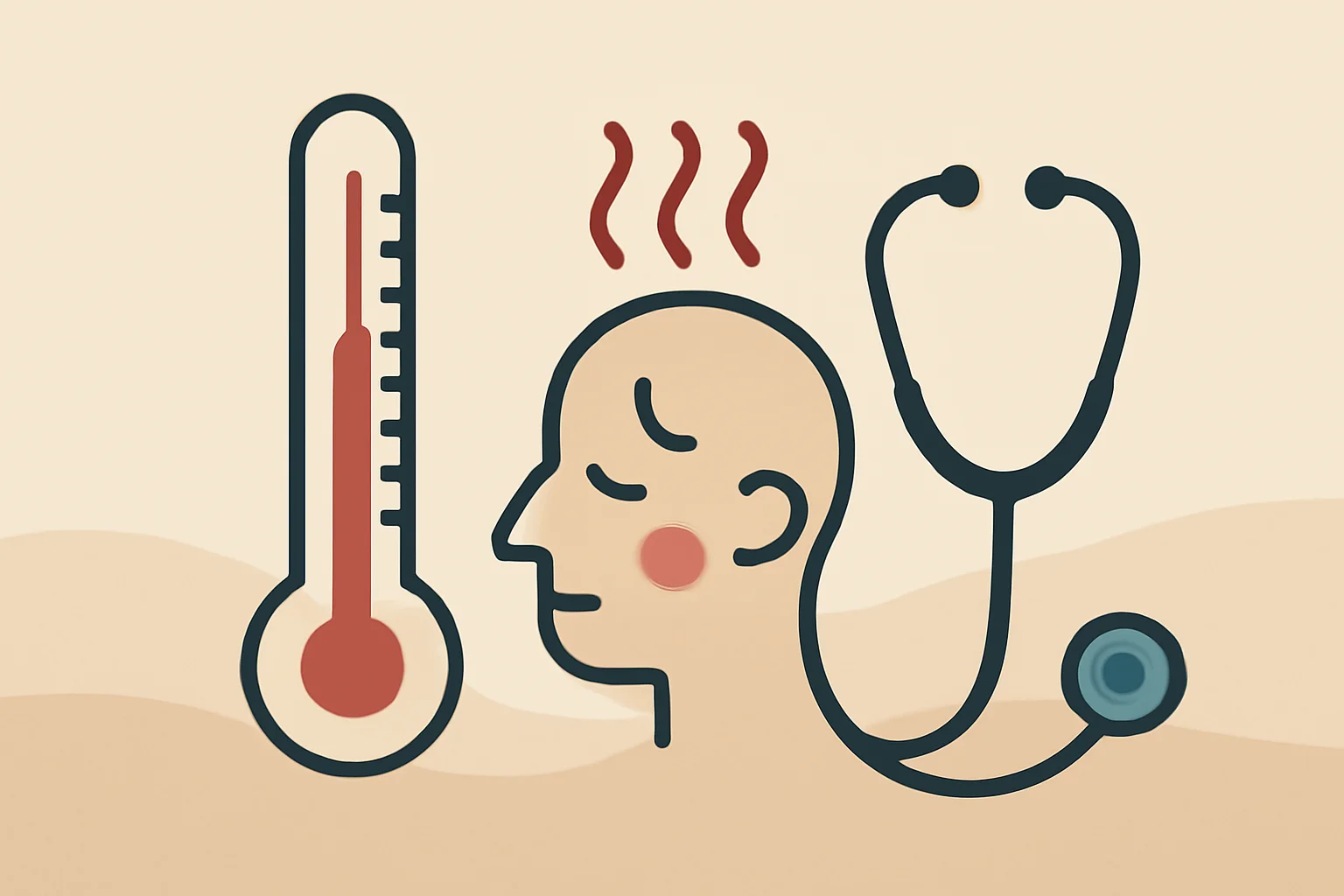-
Tips for Restoring Vaginal Flora for Women’s Health Preservation
A restoration of the vaginal flora is an important yet often overlooked topic that is an integral part of women’s health. The vaginal flora consists of microorganisms living in the vagina, primarily beneficial bacteria, which protect the body from infections and help maintain a natural balance. Maintaining a normal vaginal flora is crucial for women’s health, as an imbalance in the flora can lead to various problems, such as vaginitis or bacterial vaginosis. Several factors influence the state of the vaginal flora, including hormonal changes, diet, stress, and environmental impacts. Disturbances in the vaginal flora often cause anxiety and discomfort, making it important for women to be aware of the…
-
Hexoral or Strepsils: Which is more effective for sore throat?
The sore throat and oral cavity problems are common complaints that affect many people’s lives. These discomforts can arise from various causes, such as viral or bacterial infections, allergies, or even dry air contributing to the symptoms. There are several medications and products available for treating sore throats, with Hexoral and Strepsils being among the most popular. These products offer different active ingredients, forms, and methods of application, making the right choice not always straightforward. It is important for users to be aware of the differences to find the best solution for their issues. The aim of this article is to present the differences and similarities between Hexoral and Strepsils,…
-
Diarrhea and Vomiting: Causes, Symptoms, and Effective Treatment Methods
The symptoms of diarrhea and vomiting can affect many people, and while they are not always signs of serious problems, they can still cause significant discomfort. These symptoms are often associated with gastrointestinal disorders, infections, or dietary habits. Diarrhea typically involves an increase in bowel movements, while vomiting refers to the uncontrolled expulsion of stomach contents. In both cases, it is important to maintain proper hydration, as fluid loss can have serious consequences. There are several causes behind diarrhea and vomiting, including viruses, bacteria, food intolerances, or stress. To establish an accurate diagnosis, it is essential to consider accompanying symptoms, the duration of the condition, and any potential dietary history.…
-
Vomiting and Nausea: Causes, Symptoms, and Effective Solutions
The symptoms of vomiting and nausea are common and can be attributed to a variety of causes. People often experience these unpleasant feelings, which can vary in severity. Vomiting can be sudden and intense, while nausea often develops gradually and generally creates a sense of overall discomfort. The causes encompass a wide spectrum, ranging from digestive disorders to stressful situations. Vomiting and nausea can occur at any age, and while they are harmless in many cases, they can indicate more serious problems under certain circumstances. It is important to carefully observe the symptoms and seek medical assistance if necessary. In many cases, proper nutrition, hydration, and stress management can help…
-
Effective Solutions for Treating Athlete’s Foot and Nail Fungus
A foot fungus and nail fungus are two common issues that affect many people in their daily lives. These fungal infections can develop for various reasons, and although they are not life-threatening, they can cause significant discomfort and aesthetic problems. Fungi typically thrive in moist and warm environments, making the use of footwear, swimming pools, saunas, or public showers conducive to infections. Foot fungal infections usually manifest between the toes, on the soles, and on the nails, while nail fungus attacks the nail plate and can cause characteristic changes. The symptoms of foot fungus and nail fungus are often similar, but their treatment and prevention require different approaches. People often…
-
Fever and Pain: How to Recognize and Manage Them?
A fever and pain are two symptoms that often intertwine and occur together, but they can also be signs of different causes and conditions. Fever is part of the body’s defense mechanism that helps combat infections, while the sensation of pain often indicates some level of injury or illness in the body. The two symptoms affect daily life in different ways and may require more serious medical intervention in many cases. Fever is usually associated with an increase in body temperature, while pain can be sharp, dull, stabbing, or throbbing, depending on its cause. Causes of Fever and Pain There are numerous factors that can underlie fever and pain, including…
-
Corn or wart? What is the difference and how to treat them?
A skin problems that appear on our feet can often cause discomfort and are not only aesthetically bothersome. Two common occurrences, corns and warts, can happen in many people’s lives. Although both involve thickening of the skin, they develop for different reasons and require different treatment methods. Corns most often appear between the toes or on the sole of the foot and are typically a result of pressure or friction. In contrast, warts are caused by a viral infection and develop in the upper layer of the skin, often on the hands or soles. Distinguishing between the two conditions is not always straightforward, but it is important for applying the…
-
Fever or Elevated Temperature? What to Know and Do About the Symptoms
A fever and elevated temperature are the body’s natural responses to various pathogens and illnesses. These symptoms indicate that the body’s defense mechanisms are active and working to combat infections. An increase in temperature often signals inflammatory processes during which the immune system fights against pathogens. People often confuse fever with elevated temperature, but there are significant differences between the two that are worth knowing. Fever generally refers to a body temperature above 38 °C, while elevated temperature falls within the range of 37.5 °C to 38 °C. Understanding these differences can help us better comprehend what is happening in our bodies and when medical intervention is necessary. Fever and…
-
Fever or elevated temperature? How to recognize and manage them?
A fever and elevated temperature are conditions that can often be concerning, especially when it comes to children. These symptoms can arise from a variety of causes, and it is important to understand the difference between them in order to respond appropriately. An increase in temperature can be the body’s natural response to infections, inflammations, or other health issues. While a fever generally indicates a body temperature above 38 °C, an elevated temperature is more in the range between normal temperature and fever. The normal body temperature typically ranges from 36.5 °C to 37.5 °C, but this can vary from person to person. It is important to be mindful of…
-
What to Do About Itching or Burning Sensation? Useful Tips and Advice
The itching and burning sensations are discomforts that complicate the lives of many people. These symptoms can arise from various causes, and while they are often harmless, they can also be signs of more serious issues. The sensation can appear in different areas of the skin, such as on the skin itself, mucous membranes, or even in the eyes, and the triggering causes encompass a wide spectrum, ranging from environmental factors to skin diseases and internal organ problems. Itching and burning sensations can represent not only a physical burden but also a psychological one, as the constant discomfort makes daily activities challenging. People often do not know how to manage…









